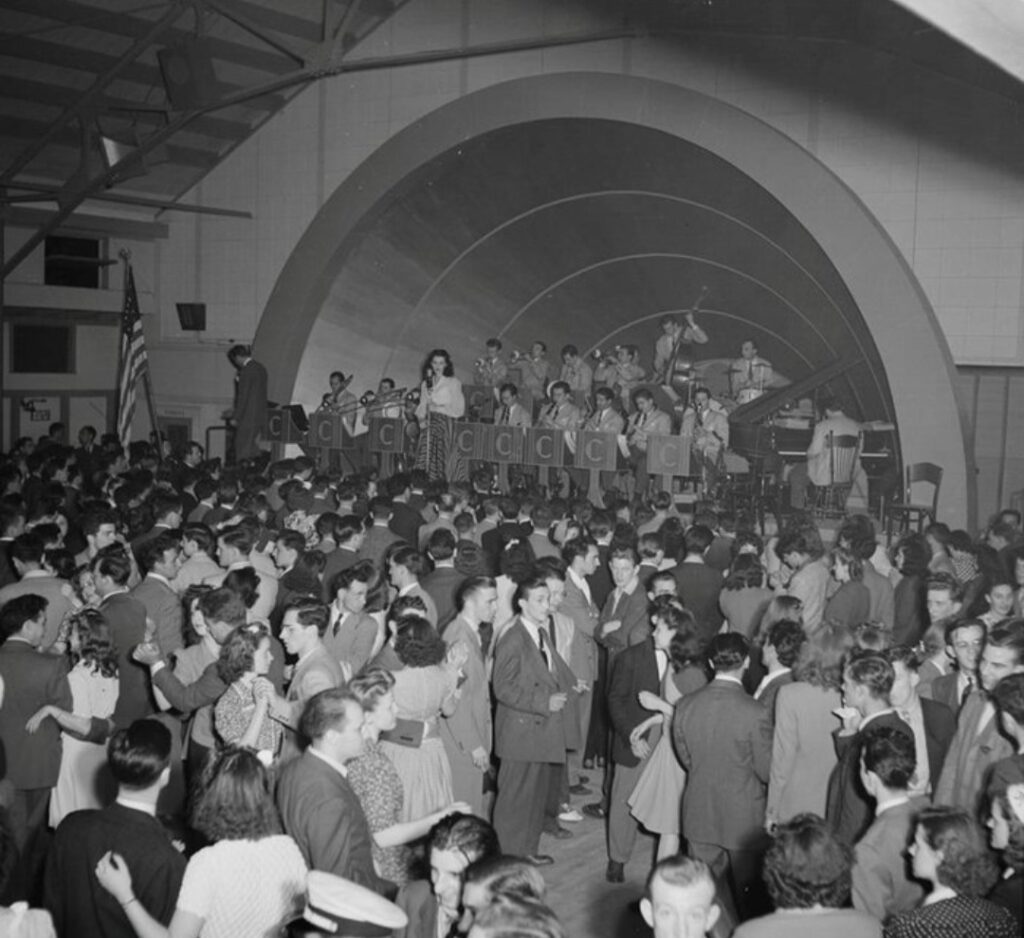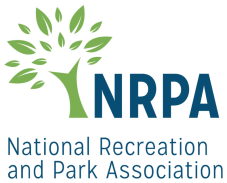Introduction:
The purpose of this report is to explore the numerous advantages that a floating stage can bring to a community. A floating stage offers a versatile performance space that can enhance community engagement, promote arts and culture, and provide economic benefits. Additionally, its unique location and adaptability contribute to its appeal. This report will examine each benefit in detail.
Versatile Performance Space:
A floating stage provides a dynamic and adaptable performance space that can accommodate a wide range of events. Whether it’s concerts, theater performances, dance shows, cultural festivals, or even educational programs, a floating stage offers a unique and memorable experience for performers and audiences alike. The floating nature of the stage adds an element of excitement and novelty to the performances, attracting both
residents and tourists.
Scenic Location:
One of the key advantages of a floating stage is the ability to utilize picturesque locations such as lakes, rivers, or coastal areas. This scenic backdrop enhances the aesthetic appeal of performances, creating a visually stunning experience. The beauty of the natural environment combined with the performances adds to the overall atmosphere and enjoyment of the event. It can also serve as a promotional tool to attract visitors and showcase the community’s natural assets.
Increased Capacity:
Traditional performance venues often have limitations in terms of seating capacity. However, a floating stage offers the advantage of accommodating larger audiences. This increased capacity allows more people to
attend and enjoy the performances, which can have a positive impact on ticket sales and revenue generation. The ability to cater to larger audiences is particularly beneficial for communities that experience high demand for cultural and artistic events.
Enhanced Accessibility:
Accessibility is an essential consideration for community events. By introducing a floating stage, communities can address accessibility challenges and ensure that people of all abilities can participate in and enjoy
performances. Floating stages can be strategically positioned in easily accessible locations, providing equal opportunities for everyone to engage in cultural experiences. This inclusivity strengthens community bonds and fosters a sense of belonging among residents.
Flexibility and Adaptability:
The mobility of a floating stage offers unparalleled flexibility in event planning and scheduling. It can be relocated to different areas within the community or neighboring communities, catering to diverse
populations and allowing a wider range of people to benefit from the performances. This adaptability is particularly useful for events that require changing venues, enabling organizers to host performances in unique and unconventional locations. The floating stage can also act as a temporary solution for communities lacking permanent performance spaces.
Community Engagement:
A floating stage serves as a focal point for community engagement and participation. It creates a shared space where residents can come together to enjoy cultural events, fostering a sense of togetherness and
community identity. The stage can be utilized for various community–oriented programs, such as talent shows, youth performances, and local arts initiatives. This engagement strengthens social bonds, promotes collaboration, and cultivates a thriving community spirit.
Economic Impact:
The introduction of a floating stage can have a significant economic impact on the community. By
hosting events on the floating stage, communities can attract visitors, boost tourism, and generate revenue from ticket
sales, concessions, and associated businesses. Additionally, the increased foot traffic in the area can benefit local shops,
restaurants, and hotels, contributing to the growth of the local economy. The floating stage becomes a catalyst for
economic development and supports the sustainability of the community.
Promotion of Arts and Culture:
A floating stage serves as a platform for promoting arts and culture within the community. It offers local talent and artists an opportunity to showcase their skills and creativity. By providing a professional performance space, the floating stage nurtures artistic growth and encourages community members to express themselves. This support for arts and culture not only enriches the community’s cultural fabric but also attracts
artists from outside the area, fostering a vibrant creative scene.
Environmental Considerations:
When designing and constructing a floating stage, it is essential to prioritize environmental considerations. By using sustainable materials and incorporating eco–friendly features, such as solar panels or water treatment systems, the floating stage can minimize its impact on the surrounding environment. This commitment to sustainability aligns with the broader goals of eco–conscious communities and ensures minimal ecological
disruption.
In Conclusion:
The introduction of a floating stage to a community offers numerous benefits. From providing a versatile performance space and a scenic location to enhancing accessibility and promoting community engagement, a floating stage contributes to the overall well–being and cultural vibrancy of a community. Furthermore, the economic impact, the promotion of arts and culture, and the environmental considerations make the floating stage an asset that fosters community pride, attracts visitors, and creates memorable experiences for all.
By Pat Locke








